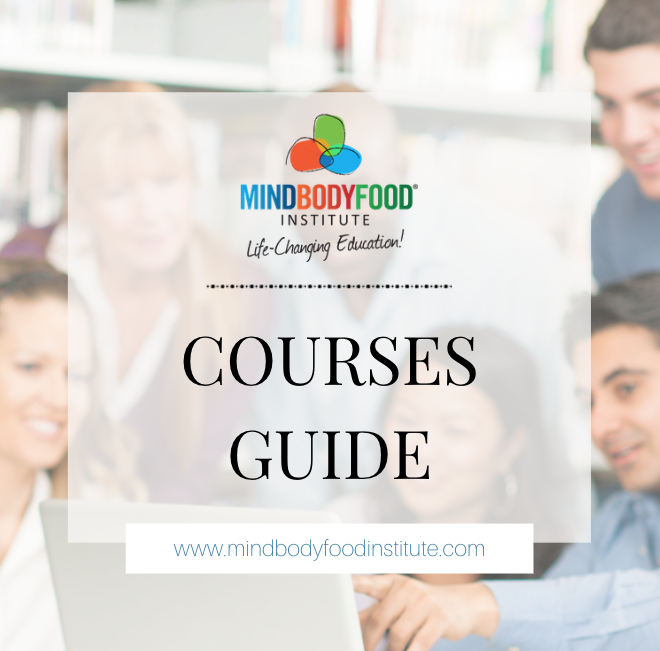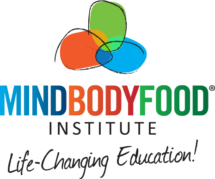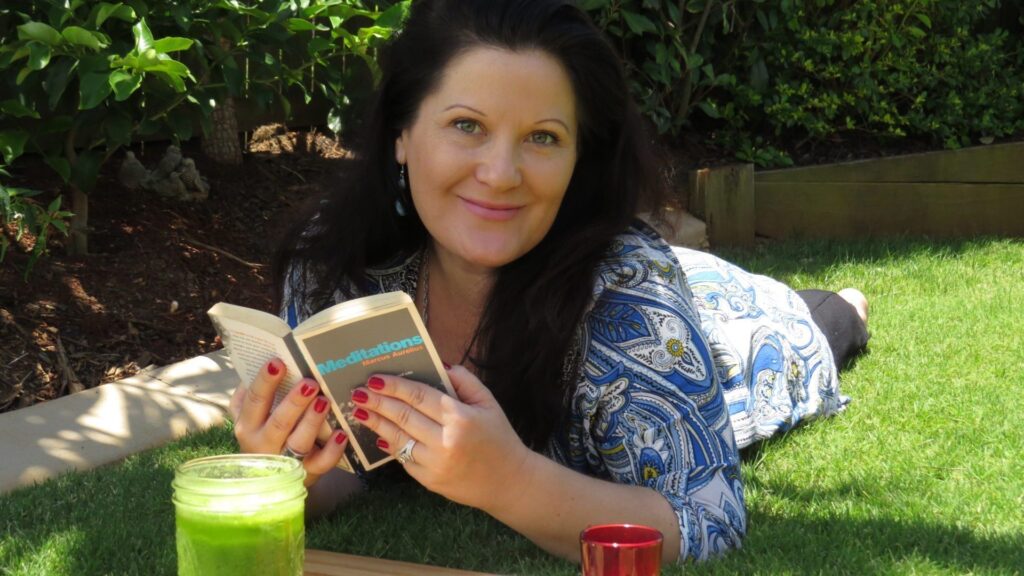In Part One – ‘Could Your Personality Be Contributing To Your Chronic Pain?’ I mentioned that, after recognising myself in many of the ‘Type T’ character traits, I started to ask myself what I was really feeling and what I wasn’t allowing to surface. I felt it was this repression of my emotions that was causing my body to remain in a stressed, over-adrenalized, anxious state and was responsible for my chronic lower back pain.
What is the stress response, also known as the ‘fight-flight response’?
The body has a natural way of protecting itself when faced with a threat or danger, though the ‘fight-flight response’. Walter Cannon (1871-1945), an American physiologist, first coined this phrase when he observed the common reactions of animals to danger.
Once the danger was over, the animals returned to homeostasis – the body’s attempt to stabilize itself by internal corrective mechanisms when its equilibrium has been disturbed. When this is reached, ‘rest and repair’ can occur.
When the human brain perceives us to be in a danger, the hypothalamus in the brain stimulates the pituitary gland, which in turn signals the adrenal glands to produce what are commonly called “stress hormones.” The most familiar of these hormones are epinephrine (adrenalin), norepinephrine, and cortisol (a natural steroid similar to cortisone).
How does the body respond to the stress response?
Our pulse quickens, pupils dilate, digestion stops as the blood supply is sent to the muscles rather than the stomach and intestines, heart rate and blood pressure increase, muscles tense, thinking quickens, we have a surge of energy as fats are released into the bloodstream as emergency fuel, and the thyroid increases our metabolic rate.
The problem is that this stress response can be triggered by both real and imaginary threats. The brain doesn’t know the difference.
Nowadays, despite all our modern conveniences, our lives are often stressful – or at least we perceive them as stressful – and many people live in a perpetual state of fight or flight stress response. This means our bodies cannot rest and repair, and the relaxation response (the opposite of the stress response) is not activated.
What happens to our bodies when the stress response doesn’t switch off?
Eventually extended cortisol release results in:
Increased blood sugar levels, weight gain, bone loss, elevated blood pressure, digestive problems, adrenal fatigue, obesity, sleep deprivation, decreased sexual drive, anxiety and a weakened auto-immune system making the body more susceptible to viral and bacterial infections, and allergies.
Eventually serious physical problems develop as adaptive resources are depleted and the body goes into stress ‘overload’.
The effects of this are:
Weight gain, autoimmune dysfunction, extended illnesses, chronic fatigue, chronic pain, thyroid depletion, inflammatory disorders, heightened allergies, coronary complications, and insomnia.
Worry and anger keep the body in this state of emergency, and so ‘feeling our feelings’ and expressing our thoughts becomes paramount.
Understanding that the Mind and Body are Connected is Essential for True Healing to Occur.
Who suffers and who doesn’t?
Generally speaking, Type T personalities (as discussed in Part 1) suffer more as they are the most likely to repress their emotions. They don’t want to ‘rock the boat’ as they are often people pleasers and goodists. They can be fearful and anxious, often worrying about what others will think about them if they speak their mind.
Anxiety and fear activates the stress response as the brain cannot distinguish between a real or perceived threat. Our brain is just trying to protect us.
Non-Type T personalities suffer less as they are more able to express frustration, fear or anger in the moment, rather than repressing these feelings. They worry less about how people perceive them and so are more able to release their stress quickly and effectively.
Type T personalities tend to bottle up their thoughts and emotions. As a result, their minds and bodies very easily revert back to the stress response in an act of self-preservation.
Have you ever cried or ‘snapped’ because you or someone else spilt a drink on the floor? Was it really about the mess on the floor, or was it just the final straw – the one that broke the camel’s back? The reality is that you were already feeling stressed and it just took one small thing to tip you over the edge.
Type T personalities, who often repress their feelings, are much more likely to suffer from the aforementioned effects of being in stress overload. In my personal experience, this came in the form as chronic back pain, and prior to that, debilitating neck, shoulder and hip pain.
Moving from the Stress Response to the Relaxation Response
1. Exercise
Exercise is a simple and effective way of calming the nervous system. It not only uses up the energy created in the body from the fight-flight response, it also breaks down stress hormones. Lower stress hormones mean a calmer body and mind. Just 5 minutes of intensive movement will start to break down excess stress hormones: Shake it out! Dance to your favourite tune, do a few star jumps, run up the stairs, dash around the garden. Most importantly, find something you enjoy. Doing an activity you loathe may only increase your stress through any resentment you feel towards it! I love running, but I know it’s not for everyone. Longer exercise obviously benefits your health and well-being, but 5-minute bursts are surprisingly effective. Exercise also increases endorphins, the feel-good hormones, so it’s a win-win situation!
2. Express yourself!
This is particularly helpful for those of us who find it challenging to express our thoughts and feelings openly, but that is certainly worth exploring too!
Expressive writing, or journaling, is scientifically proven to help reduce stress. It helps us to put distance between ourselves and our thoughts. After all, our thoughts are just that – thoughts. They are not necessarily true and are often not. Thoughts lead to feelings, feelings lead to actions and actions lead to results. When we can separate from our negative, self-destructive thoughts we can then rationalise them and question them. Try journaling for 20 minutes a day. Write as though you were a 5-year-old having an enormous tantrum. Don’t hold back! Don’t mind your language or your spelling. Just let it flow. It will feel like the pressure valve has been released. Get it all out, then throw the paper away (or delete the file). This is for your eyes only, and your opportunity to get all your frustration, resentment, anger or sadness out, rather than put a lid on it, only for that lid to blow at some point when you, and those around you, are least expecting it.
Find something relaxing to do after this. Expressive writing can often bring up trauma from the past when we start to connect our present feelings to things that have happened to us in the past. It can be very draining, but that reservoir of emotions will only spill its banks if we don’t get out those thoughts and feelings somehow.
3. Know you are safe
The fear we feel is based on our own perception of a situation, otherwise we would all be scared of rollercoasters and spiders. Telling yourself you are safe stops the message to the brain that we need to activate the stress response. The more we say, ‘I can take care of myself’ instead of ‘I’ll never be able to cope’, or ‘I can handle this’ instead of ‘I can’t deal with this’ the more our confidence increases and our worry decreases.
If we want to feel safe, we need to believe we can handle life’s ups and downs. To start, try increasing your motivational self-talk and decreasing the negative self-talk. Louise Hay (1926-2017) was an American motivational speaker and the founder of Hay House, and is famous around the world for her positive affirmations, including:
“All is well. Everything is working out for my highest good. Out of this situation only good will come. I am safe.”
4. Be Present
We need the present to feel good and safe. Depression, nostalgia and regret live in the past, and anxiety and fear need a future (and are often fuelled by the past). Living in the present moment, the ‘Now’ as Eckhart Tolle refers to in his bestselling book ‘The Power of Now’, allows us to enjoy what we are experiencing as it happens, rather than worrying about what has happened, or what might happen. We spend so much of our time either living in the past or imagining the future. The future is not guaranteed, and so the present is all we ever have. Take a moment to breathe calmly and deeply and notice the sounds, smells and sights around you. Use all four senses by touching something to help you feel more grounded to the moment.
Thoughts will come and go. Allow them to pass by and acknowledge them without judgement. Notice them but don’t react to them or embody them. We have 50-70,000 thoughts a day. Most of them are repeated and many of them are not true. Don’t associate with your thoughts, and if you do question whether they are really true.
The acronym I created for doing this is CARE:
- Catch the thoughts as they come up
- Acknowledge them rather than repressing them
- Reframe the thoughts by looking at them from a different, more positive perspective
- Experience the change in your thought patterns
5. Have fun!
Learn how to distract yourself from things you find stressful: play your favourite music and sing to it – singing releases endorphins and improves sleep. Meet friends and family – this helps boost our mental health and improve our quality of life. Eat something you enjoy, watch a funny film, read a good book……..the list is endless!
And most of all, educate yourself on the mind body connection. It is your key to healing.
Featured image by Candice Picard on Unsplash.
Author:
Catherine
Catherine McDonnell is a trained and certified, Holistic Life Coach and Mind Body Practitioner. She coaches, writes and teaches clients how to use the mind-body connection to address their chronic pain.
DOWNLOAD OUR COURSES GUIDE
Learn More About Our Course Offerings and Discover Which New Wellbeing Career Best Suits Your Passion!








